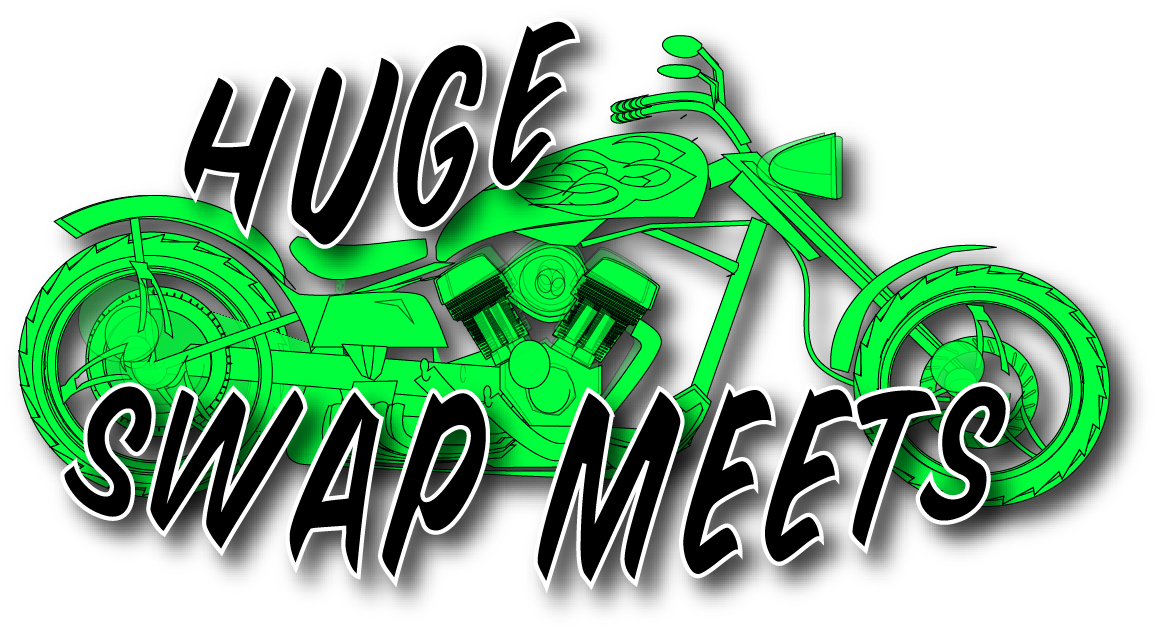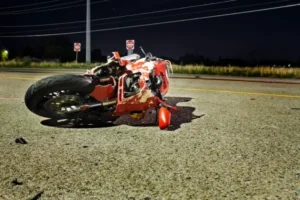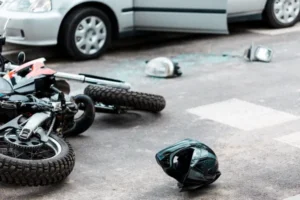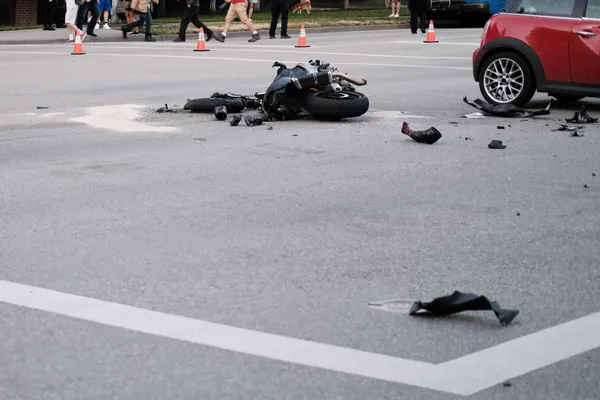
Riding a motorcycle offers unparalleled freedom and excitement, but it also comes with its own set of risks. Being prepared for emergencies can make all the difference in ensuring your safety and getting you back on the road swiftly. This guide will cover essential strategies for handling accidents and injuries, including what to do immediately after an accident and how to provide first aid.
1. Accidents and Injuries
Immediate Actions
- Check for Injuries: Assess yourself and any passengers for injuries. Call for emergency assistance if needed.
- Move to Safety: If possible, move the bike and yourself to a safe location off the road.
- Exchange Information: If other vehicles are involved, exchange insurance and contact information.
First Aid Kit Essentials
- Bandages and gauze
- Antiseptic wipes
- Adhesive tape
- Pain relievers
- Gloves
- Emergency contact numbers
2. Providing First Aid
For Minor Injuries
- Cuts and Scrapes: Clean the wound with antiseptic wipes, apply a bandage, and use adhesive tape to secure it.
- Burns: Cool the burn with water, cover it with a clean cloth, and avoid applying ointments or creams until you can seek professional medical advice.
- Bruises: Apply a cold compress to reduce swelling and pain.
For Serious Injuries
- Bleeding: Apply pressure to the wound with a clean cloth or bandage. If the bleeding is severe, seek immediate medical help.
- Fractures: Immobilize the injured area and avoid moving it until professional help arrives.
- Shock: Lay the person down, keep them warm, and elevate their legs if possible. Monitor their breathing and be prepared to perform CPR if necessary.
3. Emergency Preparedness
Training and Knowledge
- First Aid Course: Taking a first aid course will equip you with the skills needed to handle injuries effectively.
- CPR Training: Knowing how to perform CPR can be life-saving in critical situations.
Riding Gear
- Protective Gear: Always wear a helmet, gloves, and armored clothing to minimize the risk of injury.
- Reflective Gear: Wear reflective clothing or attach reflective strips to your bike for increased visibility, especially when riding at night or in low-light conditions.
Communication
- Emergency Contacts: Keep a list of emergency contacts in an easily accessible location, such as in your wallet or on your phone.
- Medical Information: Carry medical information, such as allergies and blood type, to assist first responders in case of a serious accident.
Being prepared for motorcycle accidents and injuries is crucial for ensuring your safety and the safety of others. Knowing how to respond immediately after an accident, providing first aid, and carrying essential supplies can make a significant difference in critical situations. By taking proactive measures and staying informed, you can ride with confidence and peace of mind, knowing you are ready to handle emergencies.




